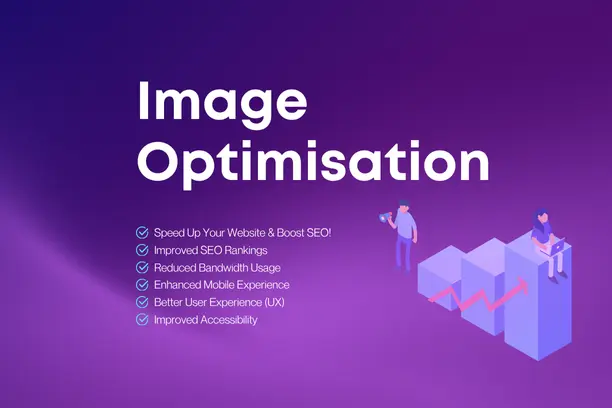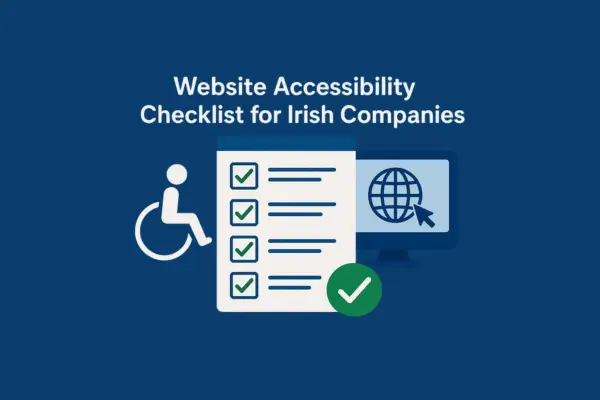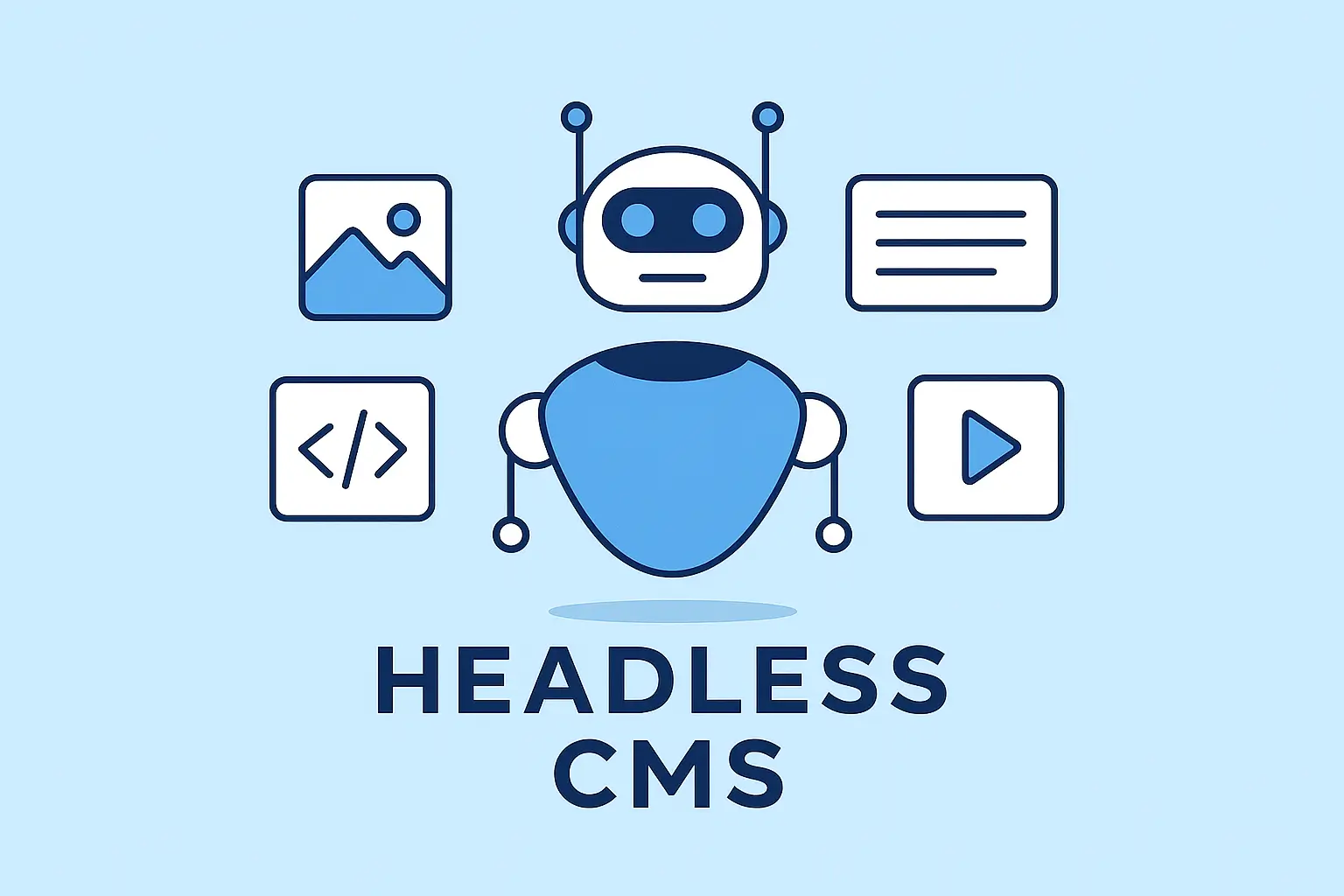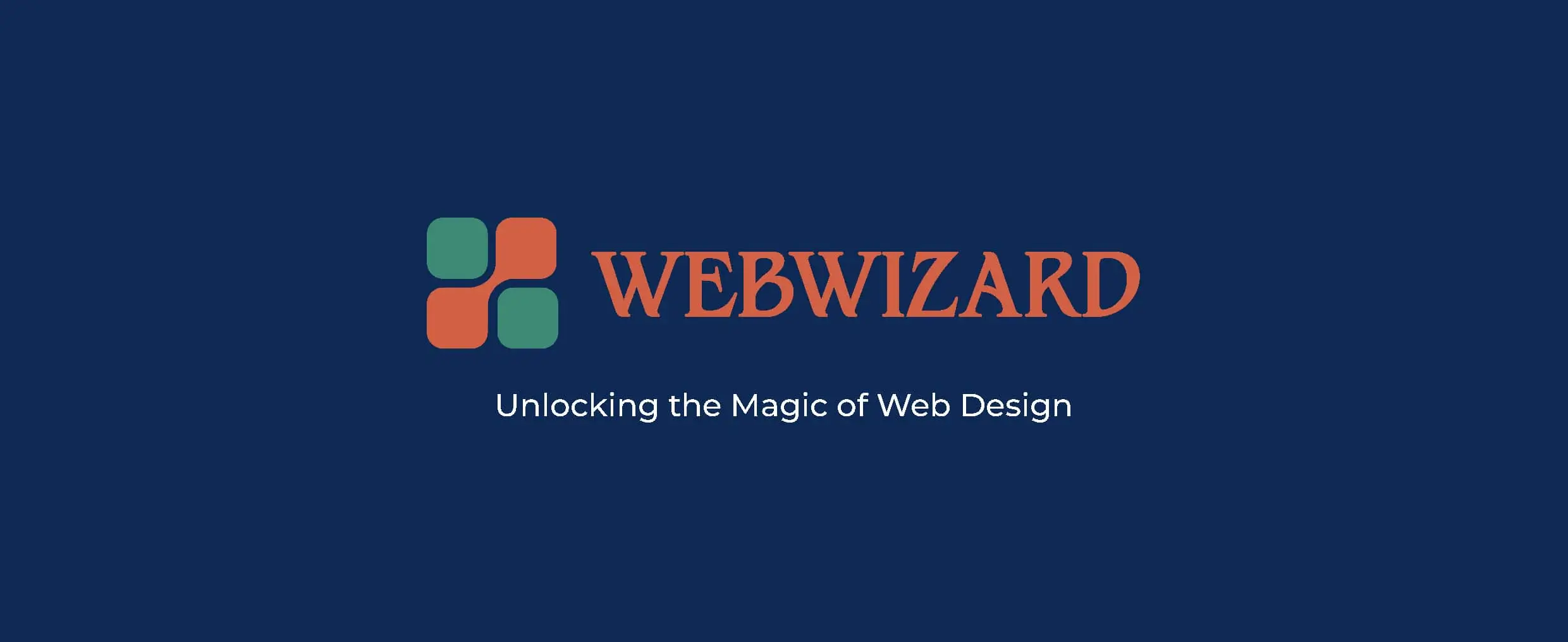Updatated on Aug 27, 2024
Introduction
In the competitive digital landscape, having a well-designed website is crucial for attracting and retaining visitors. However, even the most visually appealing websites can fall short if they’re not optimised for search engines. Many businesses unknowingly make design choices that negatively impact their SEO, resulting in lower search rankings and decreased visibility. In this blog post, we’ll explore some of the most common web design mistakes that could be hurting your SEO and offer practical tips on how to avoid them.
1. Lack of Mobile Responsiveness
The Mistake: With more than half of all web traffic coming from mobile devices, having a non-responsive website is a significant SEO blunder. If your website doesn’t adapt to different screen sizes, you risk providing a poor user experience, leading to higher bounce rates.
How It Hurts SEO: Google’s mobile-first indexing means that the mobile version of your site is considered the primary version. A non-responsive site can result in lower rankings on search engines.
How to Avoid It: Ensure your website is fully responsive, meaning it automatically adjusts to fit any device’s screen size. Test your website on multiple devices and use Google’s Mobile-Friendly Test tool to check for issues.
2. Slow Loading Speeds
The Mistake: Heavy images, excessive use of plugins, and unoptimised code can significantly slow down your website’s loading speed.
How It Hurts SEO: Page speed is a critical ranking factor for Google. A slow-loading website can lead to higher bounce rates, signaling to search engines that your site may not provide a good user experience.
How to Avoid It: Optimise images by compressing them without sacrificing quality, minimize the use of plugins, and ensure your website’s code is clean and efficient. Utilise tools like Google PageSpeed Insights to identify and fix speed issues.
Click here for free tools to optimise images.
3. Poor Navigation Structure
The Mistake: A complex or confusing navigation structure can make it difficult for users (and search engines) to find important content on your website.
How It Hurts SEO: Search engines rely on clear navigation to crawl and index your website effectively. A poor structure can lead to pages being overlooked, reducing your chances of ranking.
How to Avoid It: Simplify your website’s navigation by organizing content into clear categories and using descriptive labels for menu items. Ensure all important pages are accessible within a few clicks from the homepage.
4. Overuse of Pop-Ups and Interstitials
The Mistake: While pop-ups can be effective for capturing leads, overusing them or displaying them at the wrong time can frustrate users.
How It Hurts SEO: Google penalizes websites that use intrusive interstitials, especially on mobile devices, as they disrupt the user experience.
How to Avoid It: Use pop-ups sparingly and ensure they don’t cover the entire screen or prevent users from accessing content. Consider using less intrusive methods like slide-ins or banners.
5. Unoptimised Images and Media
The Mistake: Using large image files or videos without proper optimisation can slow down your website and negatively affect its performance.
How It Hurts SEO: Search engines prioritise websites that offer fast, smooth user experiences. Large, unoptimised media files can drag down your site’s speed and harm your SEO.
How to Avoid It: Compress images and videos before uploading them to your website. Use the appropriate file formats (e.g., JPEG for photos, PNG for graphics with transparent backgrounds) and add alt text to images to help search engines understand their content.
Click here for free tools to optimise images.
6. Thin or Duplicate Content
The Mistake: Creating pages with little to no valuable content or duplicating content across multiple pages can harm your SEO efforts.
How It Hurts SEO: Search engines prioritise high-quality, unique content. Thin or duplicate content can lead to lower rankings, as it offers little value to users.
How to Avoid It: Focus on creating original, valuable content for each page of your website. Ensure that each piece of content is relevant to your audience and optimised for the keywords you’re targeting.
7. Ignoring Header Tags (H1, H2, H3, etc.)
The Mistake: Failing to use header tags correctly or stuffing them with keywords can confuse both users and search engines.
How It Hurts SEO: Header tags help search engines understand the structure of your content and determine what’s most important. Misusing them can lead to poor rankings.
How to Avoid It: Use header tags to organise your content logically, with H1 for the main title and H2, H3, etc., for subheadings. Make sure your headers are descriptive and relevant to the content that follows.
8. Overuse of Flash and Heavy Scripts
The Mistake: Using Flash or heavy scripts for animations, navigation, or entire sections of your website can hinder accessibility and slow down your site.
How It Hurts SEO: Flash is not supported on most mobile devices and can’t be crawled by search engines, leading to poor SEO performance. Heavy scripts can also slow down your site’s load time.
How to Avoid It: Avoid using Flash altogether and minimize the use of heavy scripts. Instead, opt for HTML5, CSS3, and lightweight JavaScript for animations and interactive elements.
Conclusion
Your website’s design plays a crucial role in its SEO performance. By avoiding these common web design mistakes, you can create a website that not only looks great but also ranks well in search engine results. Remember, SEO isn’t just about keywords and backlinks—it’s about providing the best possible experience for your users. When you prioritise user experience in your web design, search engines will reward you with better visibility and higher rankings.
If you’re unsure whether your website is making any of these mistakes, consider a professional audit. At Web Wizard, we specialise in creating SEO-friendly websites that drive traffic and conversions. Contact us today to learn how we can help you optimise your website for better search engine performance.








